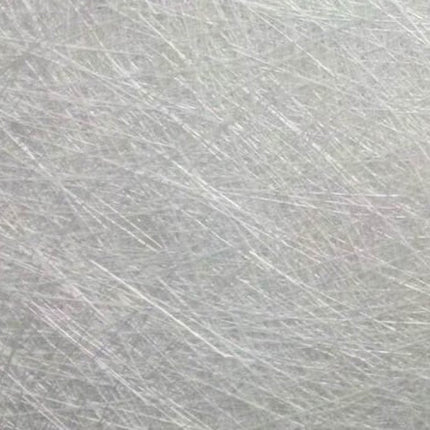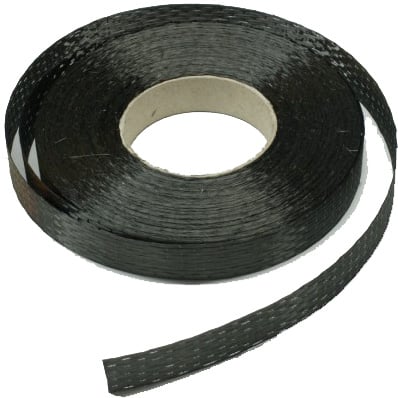Fibers / Fabrics / Core material
Fabrics for composites
movie by Kyle.Engineers at Youtube
Glass fiber, carbon & aramid fabrics for composites
Using fabrics and resins, you can build strong, lightweight composite materials : support caps (master molds), sheets/laminates, and repairs to boats , cars, ponds/swimming pools , shower trays and walls, bicycle parts , rackets/hockey sticks, surfboards, and even aircraft parts. This page will help you choose the right fiberglass cloth , carbon fiber cloth , or aramid/Kevlar fabric , including popular search queries like buying fiberglass cloth , fiberglass cloth roll (6 oz) , carbon fiber twill vs. plain weave , and Kevlar/aramid cloth .
Applications range from quick boat repairs and fibreglass surfboard fins to making a composite worktop (e.g. in the composite worktop kitchen ) or an enclosure such as a carbon range hood .
What are composite fabrics?
Composites are created by laminating alternately fabric and resin to the desired thickness and strength. You can laminate manually, vacuum bag , use resin infusion , or use RTM —from a single piece to series production within the composites family .
Choose your material
Fiberglass (fiberglass cloth)
Affordable , strong, and more flexible than carbon—ideal where formability and impact resistance are important (e.g., boat repair , pond/pool , or shower trays).
- Non-conductive and does not affect EM fields (beneficial for electronics/antennas).
- Chemical/UV resistant , high temperature tolerance.
- Available as a fibreglass cloth roll in common weights (including 6 oz ).
- Safety : Sawing/grinding releases fine glass particles—wear gloves and mask (also when cutting fiberglass insulation ).
Carbon (carbon fiber cloth)
Lighter and stiffer than fiberglass with a premium look—popular for bicycle parts (and bicycle carbon fiber repair ), automotive panels, and faceplates.
- Electrically conductive → insulates from metal to prevent galvanic corrosion .
- Heat and UV resistant.
- Aesthetics: Carbon twill weave (2×2) or plain weave carbon fiber/fabric for dimensional stability.
- Note: Higher stiffness may cause brittle fracture behavior under incorrect loading.
Aramid (Kevlar)
Exceptionally strong per gram with excellent impact resistance . Non-conductive and very light; often used in canoes/kayak, protective panels, or hybrids such as Kevlar carbon fiber fabric .
- Lower compressive strength than carbon/glass → application where impact/tear resistance matters.
- Absorbs moisture → seal edges/surface; apply UV protection .
- Adhesion requires attention → choose a suitable primer/lay-up.
- Cutting requires Kevlar scissors; also available as kevlar cloth roll .
Fabrics & mats (behavior and processability)
- Square weave (plain) – dense and stable; more difficult to drape. Ideal for flat panels and visible layers ( plain weave carbon ).
- Twill – easier to drape with a diagonal pattern; the classic for visible carbon ( twill vs. flat weave : twill = nicer/more flexible, flat weave = more stable).
- Biaxial (±45°, 0/90) – stitched strands for directional stiffness; perfect for structural laminates.
- Triaxial – third direction for multi-axial strength.
- CSM (chop mat) – random fibers with a soluble polyester binder; primarily for polyester/vinyl ester (the binder does not dissolve in epoxy).
Glass fiber tape : narrow strips (tape) for seams, corners and local reinforcements—indispensable for repairs and edge finishing.
Processes
- Hand laminating – wet-on-wet, air-rolling, building up layer by layer.
- Vacuum bagging – better fiber/resin ratio, more compact and stronger.
- Resin Infusion (VARTM) – vacuum draws resin through the dry tissue pack; clean surface and consistent results.
- RTM – fabrics in a closed mold; resin is injected (often heated). Efficient for small series and simpler shapes.
Resin combinations
- Fiberglass → polyester (cost), vinyl ester (chemistry), epoxy (strength).
- Carbon → usually epoxy , sometimes vinyl ester.
- Aramid → epoxy or vinyl ester; designed for moisture seal and wear layer.
- Acrylic resin → often with triaxial glass + C-veil for smooth surfaces.
Manufacturers prime/size fabrics for better adhesion with specific resins.
Quick selection guide
- Application : boat/car, bicycle frame , pond/swimming pool , shower tray/wall, surfboard, composite worktop / composite kitchen worktops .
- Stiffness vs. drape : Twill for shaping; plain weave for stability; biaxial for directional strength.
- Weight : Light fabric for complex curves/finishes; heavier for quick builds (e.g., 6 oz fiberglass fabric vs. heavier biaxial fabric).
- Environment : Chemicals/UV/Heat? Choose a suitable fiber/resin and add a UV topcoat.
- Conductivity : Need non-conductive ? Use fiberglass or aramid ; isolate carbon from metals.
- Budget & look : fiberglass (value), carbon (stiffness/appearance), aramid (impact or hybrid).
Safety & Handling
- Wear gloves and eye/respiratory protection when cutting, sanding, drilling (bare fiber and cured laminate).
- Insulate carbon from aluminium/steel (against galvanic corrosion ).
- Aramid : seals edges and surfaces against water absorption ; protects against UV .
- Do not confuse this with applying glass fibre wallpaper (wall finishing): this is a different product group than structural composite fabrics.
Frequently Asked Questions
Twill drapes more easily and has the "classic" carbon look; flat weave is more stable for flat/slight curvature and dimensionally stable panels.
Can I repair a carbon bicycle frame?
Cosmetic repair is often possible, but structural bicycle carbon fiber repair is a specialist job and must be done according to manufacturer specifications.
Standard CSM binders dissolve in polyester/vinyl ester , not in epoxy. For epoxy, use epoxy-compatible stitched mats or woven cloth.
We supply rolls of fiberglass cloth/glasfasergewebe in various widths/weights for hand lamination, vacuum bagging, and infusion.
No, this concerns dental filling/restorative materials. Here you will find structural composite tissues for resin lamination.



